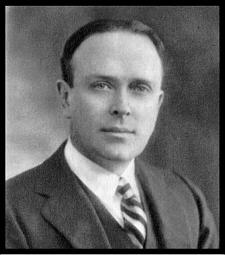 | 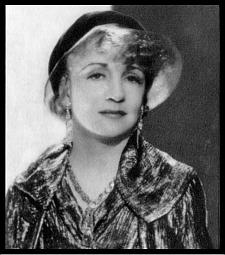 | 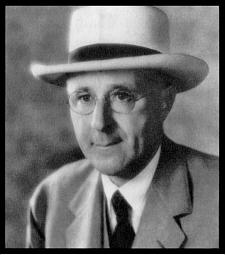 | |
More than fifty patents have been taken out in the Technicolor patent network. Most of the first basic ones were issued to Dr. Comstock. | She posed for early Technicolor tests and she is the company's color director today. But now producers have their own color experts as well. | For twenty years managing and promoting head of Technicolor. Except on the scientific side, Technicolor is a one man show. Dr. Kalmus is the man. | |
*Three highest all-timers are the Singing Fool (Warner-1928), $5,000,000; Four Horsemen of the Apocalypse (Metro-192I), $4,500,000; Ben Hur (Metro-1926), $4,000,000. |
footage. They put up more than $1,500,000 as down payment on future contracts. But as the French Marshal is quoted as remarking about the Charge of the Light Brigade, "it is magnificent, but it is not war." Technicolor laboratories were not equipped to handle one-tenth of the volume they actually turned out. (In 1929 and 1930 – 76,700,000 feet.) At one time the extremely delicate process of printing the film was being carried on in a building of which one wall had been torn away to make room for enlarging the structure. A job that requires virtually laboratory conditions was being performed amid the debris of falling bricks and the roar of the riveters' gun. And it was not being well performed.
|
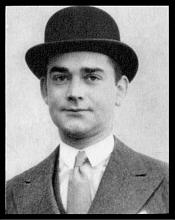 | 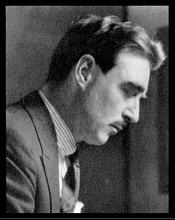 | 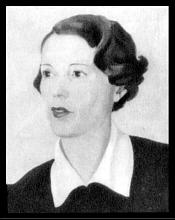 |  |